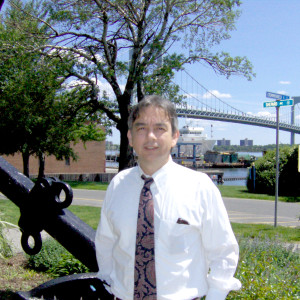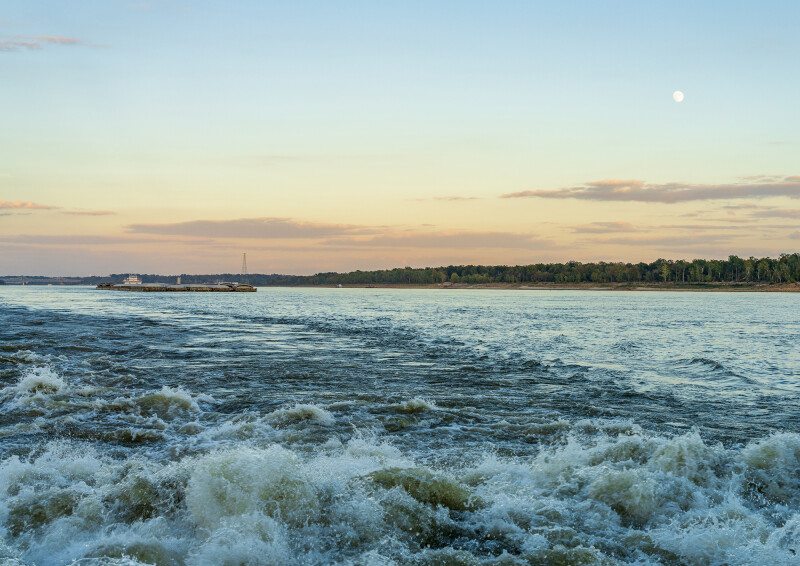Commercial mariners are no strangers to the notion that a vessel can be liable for damage caused by its wake. Workboat crews appreciate the impact of their vessel kicking up a rolling wall of water near delicate shorelines or kids on small dinghies.
The Inland Rules can be complex in certain encounters, where a privileged vessel can become the burdened vessel in the blink of an eye. But as far as vessel wakes go, the analysis is straightforward. For the most part, a vessel is usually liable for damage from its wake. This was illustrated in an incident on Lake Powell in Arizona involving a 76' tour boat and 29' pleasure boat in September 2019.
Both vessels were underway near Navajo Canyon. The pleasure boat was headed up a channel approaching a turn into the canyon. At the same time, the tour boat rounded a left turn to exit the canyon, passing the smaller vessel on its
port side.
The tour boat’s wake caused the bow of the pleasure boat to rise into the air before crashing down, resulting in the owner’s wife suffering two fractured vertebrae. The smaller vessel raised a number of issues, claiming that the tour boat was not properly positioned in the channel, and that the tour company was aware its vessels generated dangerous wakes. In response, the tour boat operators argued that the smaller vessel was negligently operated.
The court examined Inland Rules 2, 5, 6, 7, and 9. When the dust settled, the court assigned equal blame to both vessels, attributing 50% of the fault to each. It also allowed punitive damages against the tour boat company after concluding that they were aware of wakes from their vessels (Meador v. Aramark Sports & Ent. Servs., No. CV-19-08345-PCT-JJT).
It’s easy to underestimate the power of large vessels. In 2013, the wake of a chemical bulk carrier at high speed on the Mississippi caused the 62' tug Kristen Alexis to capsize, showing that it’s not just small pleasure boats that are vulnerable (Marquette Transportation Company v. Chembulk Westport, CA 13-6216). And if we observe the way Great Lakes bulk carriers steaming at the slowest of speeds can literally strip water off beaches hundreds of yards away, we realize it doesn’t necessarily take a heavy hand at the throttles to create tremendous hydrodynamic forces.




